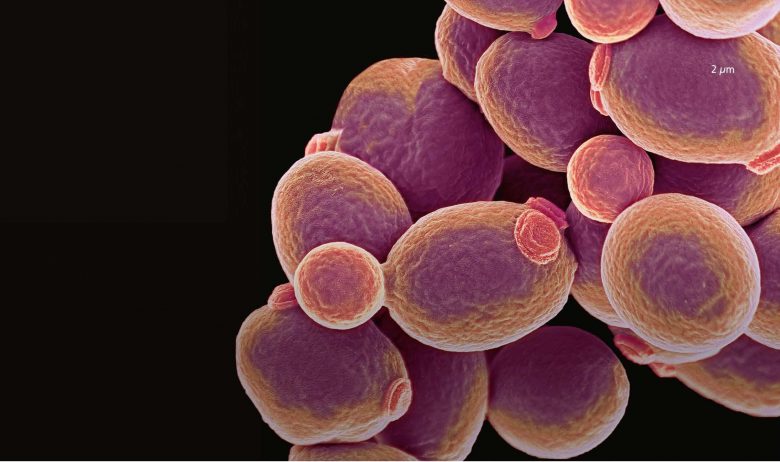
Papillomaviruses infect both the outer and inner surfaces of most animals, including humans. The most common results of infection of the skin in humans are warts and verrucas. Initially it was believed that there was only one type of human papillomavirus (HPV) that caused warts. We now know there are over 100 different types. Each virus has two proteins called L1 and L2, which form a protein coat (capsid) that envelops a circular strand of DNA (see Figure 1). Each virus type is characterised by its distinct DNA sequence (the genotype) and each genotype is given a number to identify it, for example HPV-1, HPV-6, HPV-16.
Papillomaviruses are specific in terms of the species and tissues they infect. Human papillomaviruses invade only human tissues. Bovine papillomaviruses (BPVs) infect only cows. The cottontail rabbit papillomavirus (CRPV) infects rabbits, and so on (see Table 1). Some human papillomaviruses are sexually transmitted (see BIOLOGICAL SCIENCES REVIEW, Vol. 12, No. 1, pp. 22–25). They infect the mucous membrane lining the reproductive system. HPV genital infection is the most frequently sexually transmitted infection after Chlamydia.
Your organisation does not have access to this article.
Sign up today to give your students the edge they need to achieve their best grades with subject expertise
Subscribe




